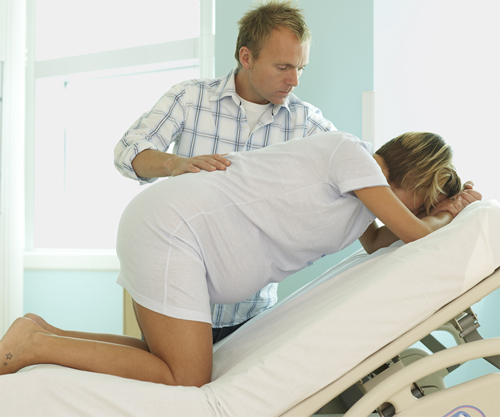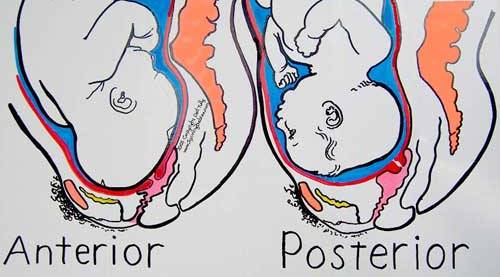Last menstrual period date:
Where Can I Give Birth? This is a question that many worried pregnant mommies are asking. Find here the tips on where to find the best place to
birth.

One of the most important decisions you’ll make during your pregnancy is where to give birth. In just over century, women’s options have tripled; previously, women expected to give birth at home, attended by a relative, or if they were lucky, a doctor or midwife. Today, women are able to choose between three places: the home, the hospital, or a birthing center. Each location has benefits and drawbacks; let’s take a look!
At Home
More and more women are choosing to give birth at home, attended by midwives. If you’re looking for an environment that you’re completely in control of, then a home birth is your best option. Giving birth at home allows you more control in regard to who attends the birth, your movement and position during birth, and immediate bonding after birth. Water births are also easily accommodated in the home. An experienced midwife can guide you through the process, and recognize any signs of complications during labor. If the complication cannot be correct, the midwife will recommend transport to the hospital and attend if she is allowed.
At the Hospital
Hospitals have the most advanced technology available to expectant mothers. They also have all of the pain drugs available to laboring mothers. Doctors and nurses can intervene immediately if an issue arises. Once you arrive at a hospital, you must adhere to their policies. This may mean that midwives and doulas cannot attend your birth, and that only specific individuals can attend your birth. Many hospitals restrict items allowed in birthing rooms as well as positions to give birth; in fact, most hospitals still encourage women to give birth on their backs, which may actually slow labor down. Some hospitals prohibit the filming of births as well. Some women believe that Obstetricians are more inclined to proposed unnecessary medical interventions, including everything from labor inducement to caesarean sections. Additionally, a cadre of doctors and nurses will be entering your room for the duration of you labor—the longer you’re in labor, the more doctors and nurses you’ll see due to shift changes.
At a Birthing Center
Birthing centers exist as a relatively new option for women. Essentially, they are a compromise between home births and hospital births. While birthing centers may have an OB (on call), most centers are run by midwives. They offer women more options when giving birth, including both encouraging different positions and water birth. These centers aim to create an intimate environment than a hospital; while a hospital will have doctors and nurses going in and out of your room, at a birthing center you’ll likely have one or two individuals attending your labor and delivery for the entire duration. If complications arise, the on-call OB will be called or the mother will be transferred to a hospital. Midwives are legally allowed to prescribe certain medications, and some pain management drugs fall into this category. However most birthing centers encourage natural births, and work with women to make birth an empowering experience.
Deciding where to give birth is an important decision. Whatever you decide, it’s important to tour facilities and discuss your birth plan with them. And remember: there’s no such thing as too many questions. Once you have a clear idea of the type of birth you’d like to have, start interviewing hospitals and birthing centers. Schedule tours to see the facilities, and if possible, speak with mothers who experienced each. In a nutshell, home births offer women the most freedom to create their birth experience, followed by birthing centers. Hospitals have stricter guidelines and are more likely to recommend unnecessary medical interventions, but do have the most advanced technology available in case complication arrive.
My content




